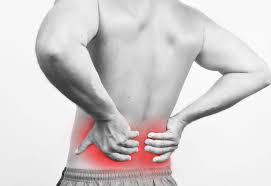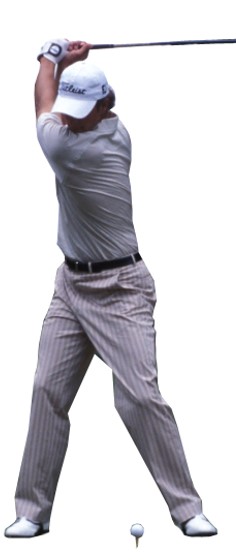Whiteboard Talks: Exploring the SFMA
Posted by FMS
 If someone tells you they have a bad low back, they are often wrong. They might have a painful back, but that doesn’t always mean they have a "bad" back. Back pain, especially in the lumbar region, is often the result of limitations elsewhere in the body. The lower back is not the culprit, the lower back is the victim.
If someone tells you they have a bad low back, they are often wrong. They might have a painful back, but that doesn’t always mean they have a "bad" back. Back pain, especially in the lumbar region, is often the result of limitations elsewhere in the body. The lower back is not the culprit, the lower back is the victim.
In the words of Gray Cook, “Low back pain is a symptom—not a diagnosis.”
It’s a symptom and it can come from everything from tight hips to poor lifting mechanics to bone cancer. Often times, it’s a result of compensations the body is making due to dysfunction elsewhere.
If you’re trying to rehabilitate, stabilize or train a spine and you haven’t looked at all the reasons a spine may have to compensate—lack of hip extension, lack of medial rotation on one hip, poor balance on one leg, poor thoracic spine mobility—you’re not doing a very good job at protecting the spine. You’re trying to add a positive to a situation that would do better if you removed a negative.

 Take a rotational sport like golf, tennis or baseball. Executing a swing requires the body to make a large turn. The rotation is intended to be achieved through the thoracic spine and hips, but if those areas are immobile, an athlete may try to cheat rotation from the lumbar region.
Take a rotational sport like golf, tennis or baseball. Executing a swing requires the body to make a large turn. The rotation is intended to be achieved through the thoracic spine and hips, but if those areas are immobile, an athlete may try to cheat rotation from the lumbar region.
This is not the role of the lumbar spine.
In her book, The Diagnosis and Treatment of Movement Impairment Syndromes, author Shirley Sahrmann notes that the "The overall range of lumbar rotation is ...approximately 13 degrees. The rotation between each segment from T10 to L5 is 2 degrees. The greatest rotational range is between L5 and S1, which is 5 degrees.”
Therefore, if you’re relying on the lower back to make a turn, you’re inviting an injury.
Compensations that expose the lower back to injury are common in the gym, too. If you don’t have a sufficient hip hinge to maintain a stable spine when deadlifting or swinging a kettlebell, your body may force the lower back to flex because the hips do not, making it more vulnerable to injury.
As Mike Boyle says:
"In the simplest terms, the body does what is easy, not what is best."
This is an example of the importance of understanding the concept of Regional Interdependence, commonly referred to as the Joint By Joint Approach. Here's SFMA instuctor Dr. Mike Voight explaining.
When you have an episode of low back pain that inconveniences you or disables you in some way, without someone to responsibly evaluate and rehabilitate you, you could very easily recover from that episode.
But here’s what you’re going to do: You’re not going to play golf anymore. You’re going to give up running. There are lifts in the gym you no longer do. You’re in constant search of a mattress to make you more comfortable.
In many cases, you just pare down your life and limit it so you’re more comfortable, but in no way are you more functional. The pain is gone, but it’s because you don’t agitate it—not because you rehabilitated it.
If your action isn’t affecting a movement pattern, what is your action doing?
The most responsible action in back pain is not to reach for a remedy, but to thoroughly, objectively and consistently attempt to map out the contributing factors before pursuing spine stabilization.
The observation of whole movements may redirect and broaden the clinical focus by revealing limitations unrelated to the medical diagnosis, but pertinent to restoration of normal function. We can consider the idea of “Source vs Cause” and that traditional orthopedic special testing will uncover the “source”. But the “cause" is often mobility or motor control deficits in another region or regions and it’s hard to predict based on only the medical exam. The SFMA diagnosis will provide the “cause,” while a medical diagnosis will only provide the “source.”
The SFMA is based on this concept called Regional Interdependence in that we must treat dysfunction away from the primary source of pain. There have been numerous studies that have linked dysfunction at one area of the body with pain and dysfunction in another area of the body. The best example of this is with hip impairments that are related to lower back pain or thoracic spine impairments related to neck and shoulder pain. Treating areas away from the source of the pain and restoring function to other areas of the body support this concept.
Instead of limiting your lifestyle to "protect" yourself against back pain, identify what is causing this pain, treat it, and get back to what you enjoy in life!
Posted by FMS